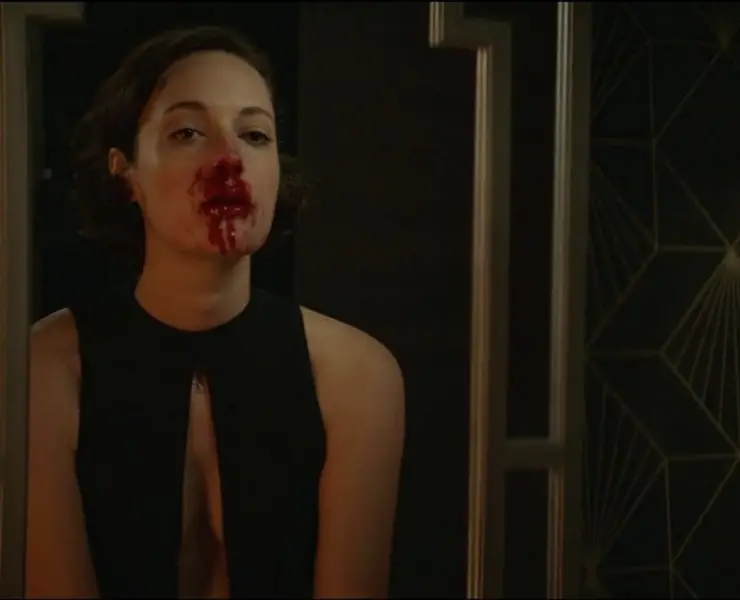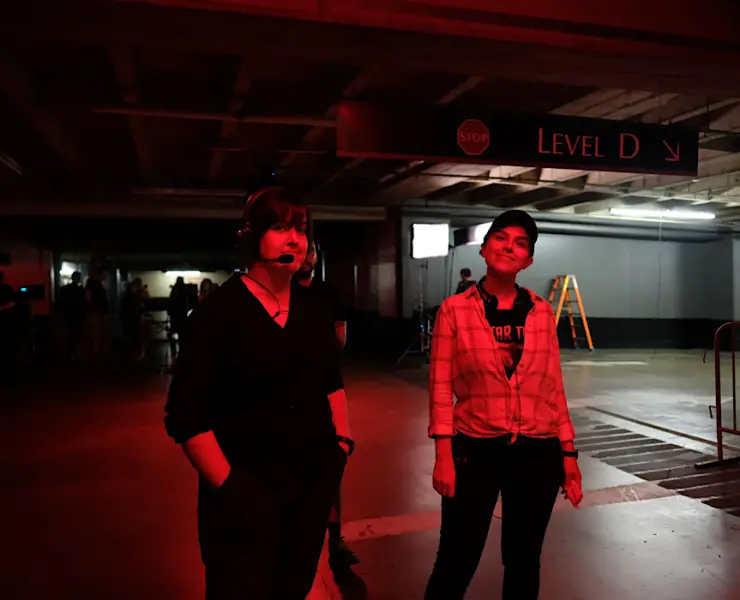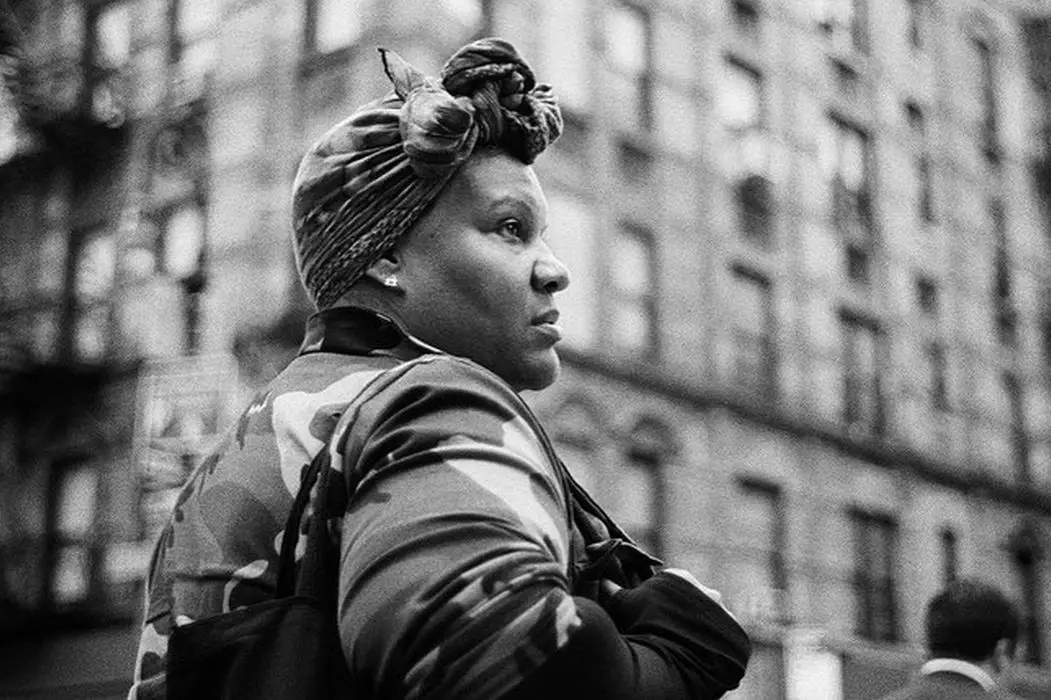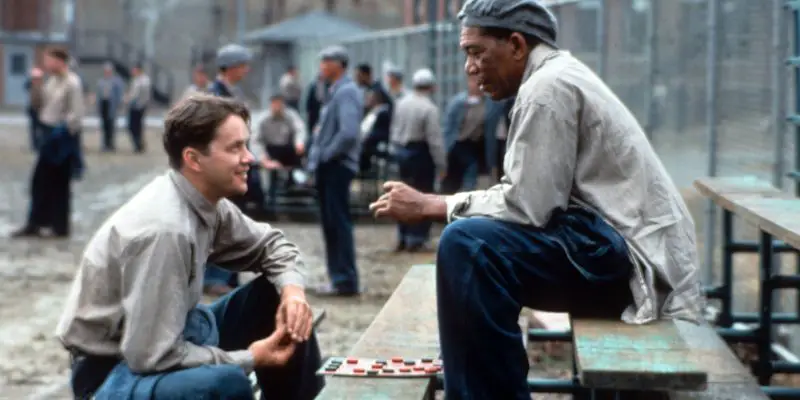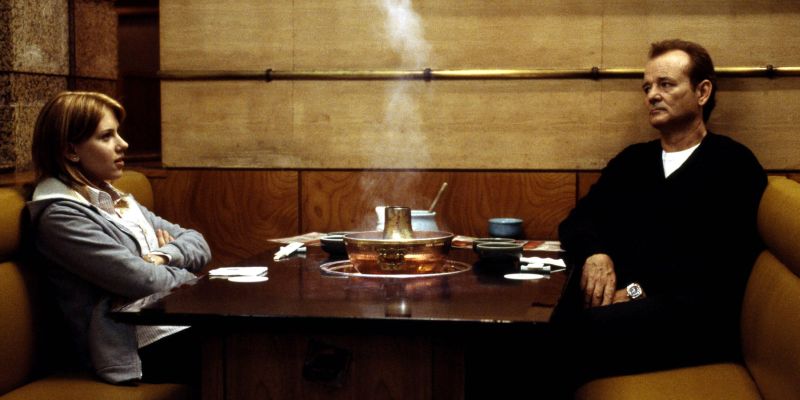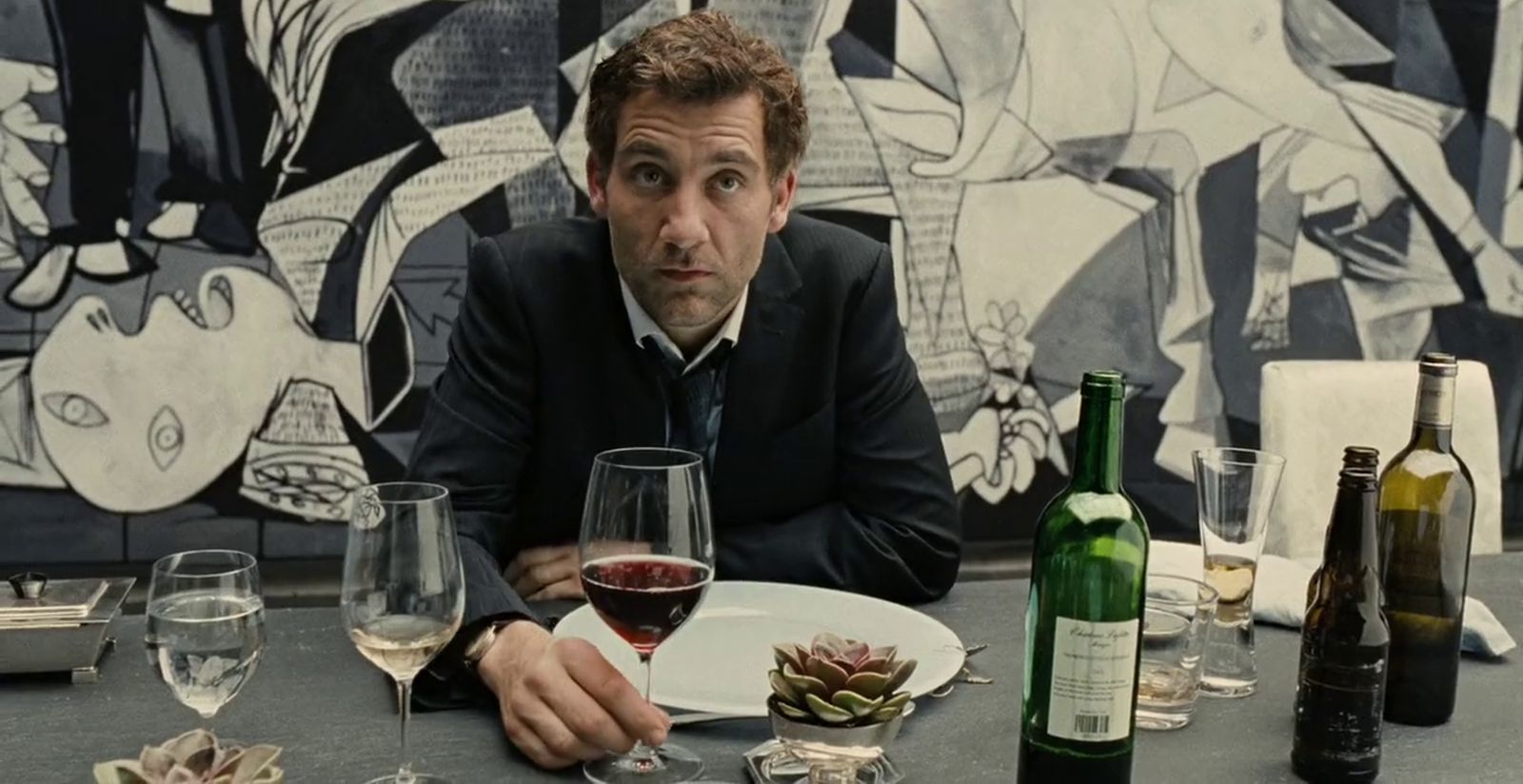cinematography

Class consciousnes and its oft-contingent condemnation of wealth was a theme at the 2016 Cannes Film Festival that one would be hard-pressed to overlook. The most obvious reason for this is the fact that Ken Loach’s poignant portrait of one man’s struggle to navigate Britain’s welfare system, I, Daniel Blake, took home the Palme d’Or. But this topic was also prominent in part because films about wealth, or lack thereof, pervaded the entire festival, spanning its various sections.
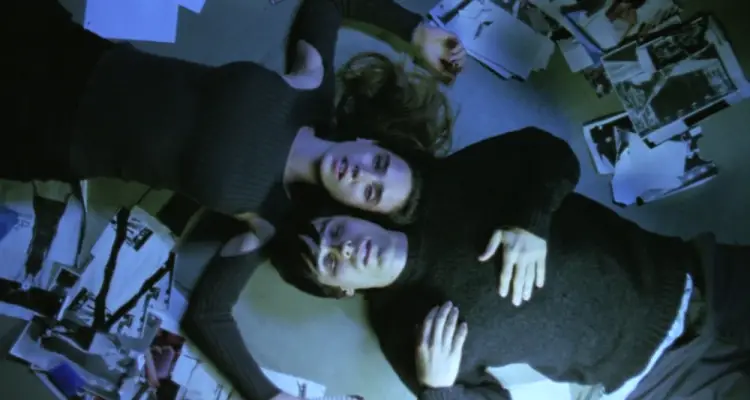
In earlier instalments of How To Analyse Movies, we discussed film language, how meaning is created in film through the use of signs, codes and conventions and most recently, we covered mise-en-scène and editing. In this chapter, we’ll discuss the camera and how it too can create meaning and how important it is to know about the way the camera is used to analyse a movie. The way the camera has been positioned or has been used too can create meaning, and it’s very important to know how it has been positioned and to analyse a film in its whole.


